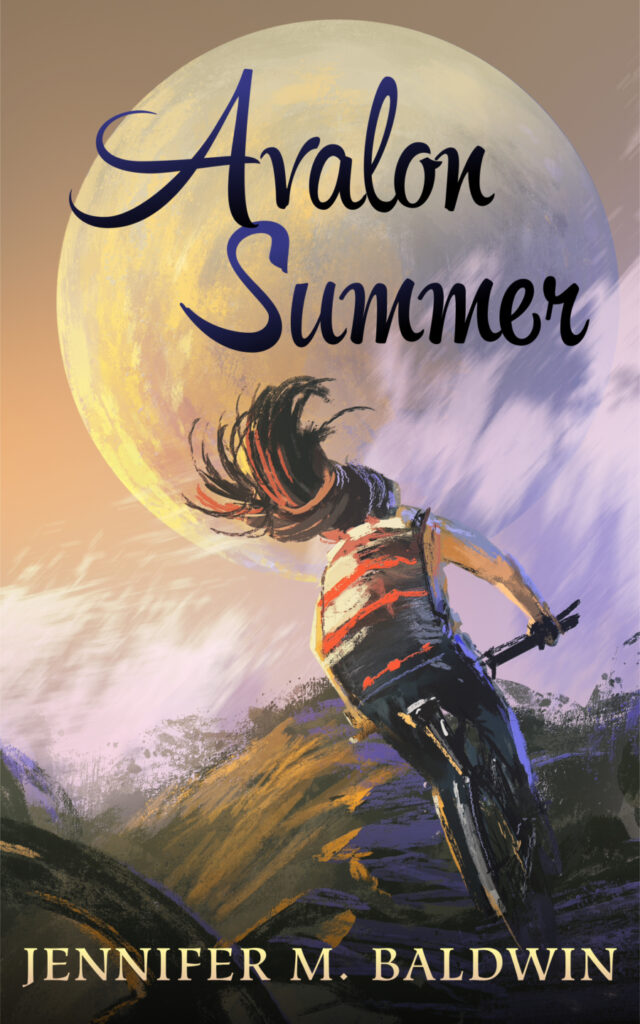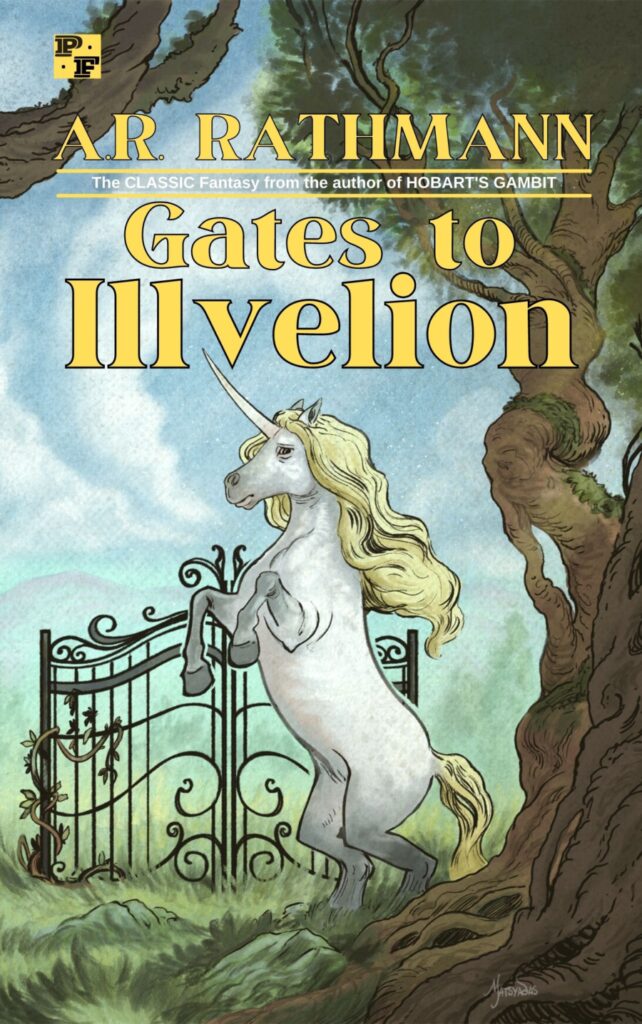A Year of Writing Dangerously by Barbara Abercrombie was okay as far as these kinds of writerly books go. I bookmarked a bunch of quotes (usually from other writers whom Abercrombie herself quotes), but what I really liked were the writing exercises at the back.
Fifty-two exercises, presumably one for each week of the year. I’m a bit of a sucker for writing prompts since I started giving my students a prompt every day for their notebook time. I couldn’t possibly make up a writing prompt every day for my students, so I started borrowing (stealing?) them from other sources.
I am no longer teaching, but I’ve gotten into the habit of seeking out new prompts to steal. Sometimes I use them myself, other times I don’t. If I don’t like a prompt from a book or article, I just ignore it. But more often than not, even a prompt that doesn’t instantly thrill me can be fruitful. If I force myself to write something for a prompt — even one I don’t find particularly inspiring — I often end up writing something interesting, maybe even good.
This is evidence of the theory that parameters and boundaries lead to creativity. Total freedom doesn’t always lead to the most creative art (though sometimes it can… I’m not a big believer in absolutes when it comes to creativity, writing, making art, etc. Sometimes total freedom can lead to something wildly creative, and other times not. And sometimes parameters and boundaries are stifling and kill creativity. There are no absolutes).
Anyway, these prompts from the Abercrombie book are pretty good. Short, simple in their directions, but pretty wide in their application and execution.
I started with the first one: “What is your own metaphor for fear of writing that first line? Imagine a landscape or animal or weather or music or whatever springs to mind.”
I did modify a bit. Instead of “fear of writing that first line,” I changed it to “fear of writing that next line,” because for me, first lines are easy. Someone in a setting with a problem. Or something provocative. Or a question.
(Not a literal question, like a rhetorical question or something, but a line that raises a question, i.e.: “The dung heaps were always spouting poetry,” and then the reader is like, “Huh?” and they want to find out the answers, like how is it possible that dung heaps can even spout poetry, and then, furthermore, why would they spout poetry of all things? What kind of poetry? Is anyone listening to it? That sort of thing.)
Anyway, first lines are not my problem. It’s next lines. What comes next after that provocative statement or that someone in a setting with a problem. That’s where I struggle.
Because next lines mean you have to deliver. You have to answer the story questions in a satisfying way, in a way that makes readers oooh and aaah. That is ridiculously hard. And terrifying. All the promise of the first line and then you shit the bed. It’s my biggest weakness, this fear.
First lines are the open road, the horizon off in the distance. There’s the promise of adventure, of revelation, of greatness. But the line that comes after — the next line, always the next line — that’s like finding out the horizon you were heading toward is just one of those Looney Toons landscapes painted on the rock wall. It’s like finding out you’re Wile E. Coyote going splat.
All this time I think I know where I’m going, I’m excited for the journey, and then BLAM! I hit a wall. That feeling of promise, that endless horizon was all just a trick. I was really headed for an illusion, a vision of greatness that, in reality, was the side of a mountain. I’m worse than lost: I’m splattered like roadkill on the rock.
See, lost isn’t bad. Lost means you can find your way. The detour or digression could turn into a fun episode.
But the splat? That’s a total dead end. It’s embarrassment. I thought I knew what I was doing, but that next line is just waiting there to prove to myself and my audience that I suck. What happens when I write that next line and go splat? I slide down like a glob of jelly or a flattened pancake: defeated, ridiculous, a fool. We laugh at Wile E. Coyote, and that’s exactly what I fear. The embarrassment of failure.
Interestingly, the Coyote always runs full-throttle at that painted vista. Time after time after time. He never learns. It’s like he’s immune to embarrassment. Or has short-term memory loss. Either way, the splat doesn’t stop him. Every time, he’s right back at it, chasing the Road Runner down that endless road.
I’m not sure if this gives me comfort or not. But it’s a metaphor for something.
Reading Challenge Update:
Day 7, did more morning reading than evening/night reading today. Maybe this is the start of a trend. Reading at breakfast, before I start my journey downstairs to write and edit. In the past I’ve resisted morning reading because I feared that reading someone else’s work would interfere with ideas for my own work. But if I’m honest with myself, my mind is pretty blank in the morning. I’m often an empty vessel. So maybe morning reading is good: It’s a way to fill up the tank.


